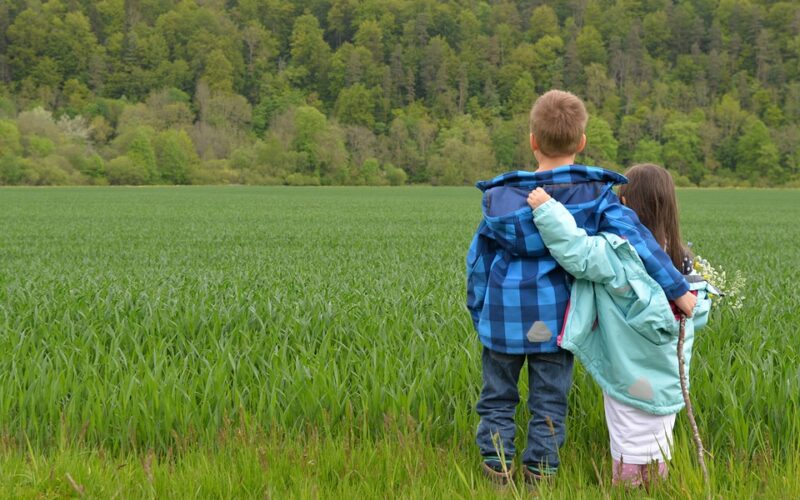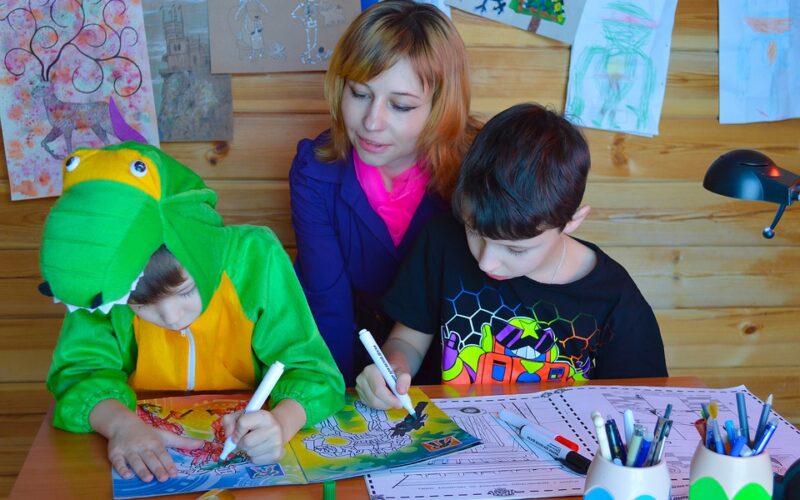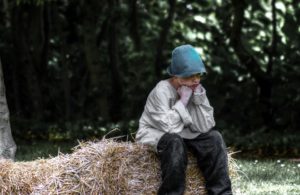Are you a parent looking for a fun and exciting alternative to traditional schooling? If so, forest schools might be the right choice for your family.
Forest schools are becoming increasingly popular among parents who want their children to learn practical outdoor skills in an environment that emphasises exploration, creativity and self-expression.
Let's explore the benefits and drawbacks of this growing educational trend.
An experiential learning environment
Forest schools provide an experiential learning environment where students develop a connection with the outdoors. Through hands-on activities, participants are able to observe and experience nature first hand.
From outdoor cooking to creative problem solving, forest school activities aim to broaden the learning environment beyond traditional classroom settings. Such experiences typically involve a facilitator who designs a range of activities and leads the class in discussions about how the environment works.
By engaging children in real-world exploration, forest schools provide practical advantages related to long-term academic success, such as confidence in decision-making and social development while also allowing participants to experience the world around them in a completely unique way.
Unique creative development
Forest schools provide children with the opportunity to engage in meaningful activities within an outdoor environment. These activities can be anything from building a den, tracking animals, foraging for food, playing various games, and even understanding the natural weather cycles. While providing invaluable learning opportunities, such activities also foster physical, mental, and creative development by offering an immersive experience into nature.
The calming atmosphere of the forest combined with these purposeful learning activities can also help increase children's motivation to discover more and form stronger connections with their peers, as well as developing great respect for the world around them.
This not only allows children to boost their confidence but also helps them cultivate a positive relationship with the natural environment which is incredibly valuable in today’s increasingly technological era.
Potential drawbacks
While forest schools can be a fantastic learning experience for young children, they do come with some potential drawbacks. Chief among those is the cost, not only must teachers be certified in wilderness safety and educated on best practices, but there must also be additional materials purchased such as shelter, tools, and other items necessary for survival skills.
Another potential drawback is staff resources, it can be difficult to recruit qualified teaching staff members and finding appropriate land to use can require a lot of effort in certain locations.
Additionally, scheduling activities outdoors is a challenge when facing unpredictable weather patterns or group limitations due to unforeseen restrictions. While these drawbacks don't necessarily outweigh the advantages of forest schools, they are important to consider before investing in this type of educational method.
Develop problem solving and communication skills
Forest schools have been gaining popularity as an alternative form of education due to the health and cognitive benefits they offer. Parents or educators looking for a type of learning environment that focuses on exploration, experimentation and nature based education may find that a forest school is the ideal choice.
These schools utilise outdoor spaces, equipping students with natural materials that they use to explore and construct their own understanding of the world around them.
In this way, children develop important skills regarding critical thinking, problem solving and communication; making them more prepared both for life and for academic success in the traditional classroom setting.
Future of forest schools
Although the future of forest schools is uncertain, there is no doubt that they have had a positive impact on the lives of many children. Forest schools first began in Scandinavia and quickly spread to other parts of Europe and North America. Today, there are over 1,000 forest schools in the UK alone.
The popularity of these schools is due to their unique approach to education. Forest schools focus on experiential learning, which means that children learn through hands-on experience. This helps them to develop a deeper understanding of the world around them. It also allows them to build confidence and self-esteem.
Despite their proven benefits, forest schools face challenges. One of the biggest challenges is funding. These schools are often underfunded and rely on donations from parents and other supporters. Another challenge is staffing. Many Forest schools are run by volunteers who may not have the training or expertise to provide a high-quality education.
Nevertheless, the future of Forest schools looks promising. With continued support from parents, teachers, and the government, these unique educational institutions can continue to thrive.


















